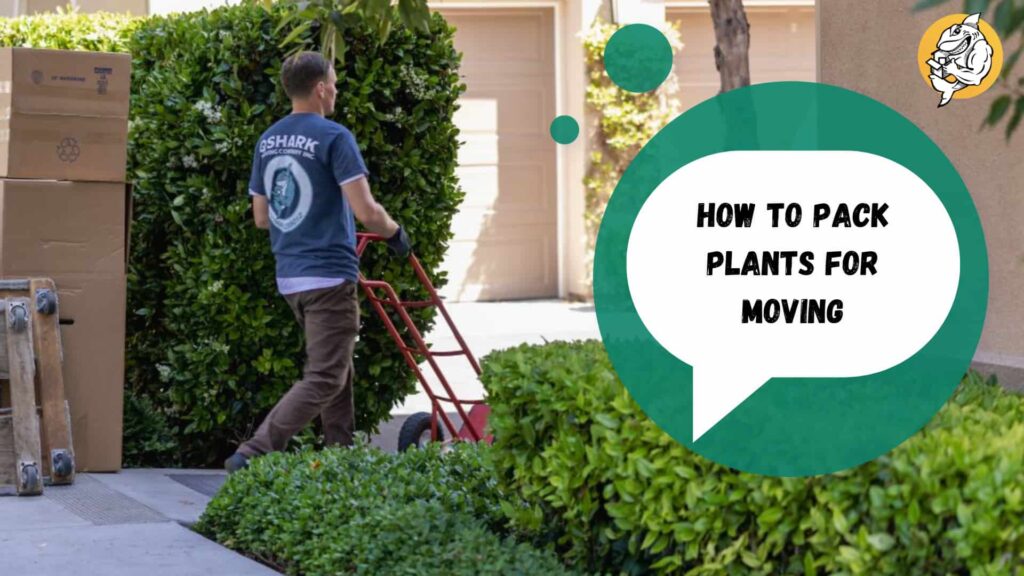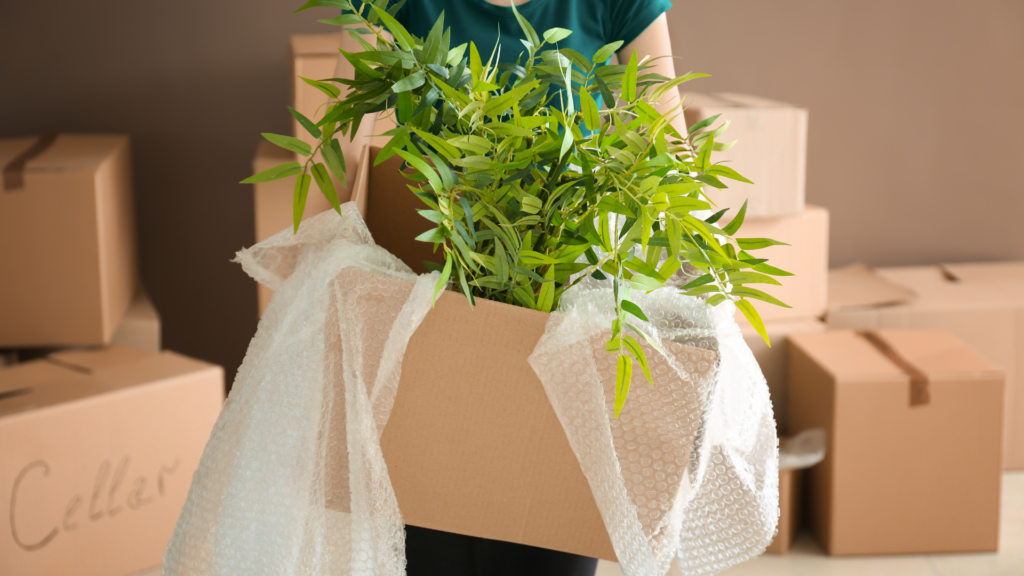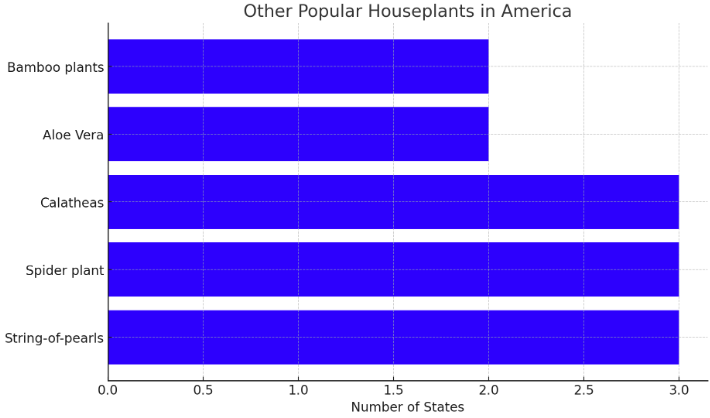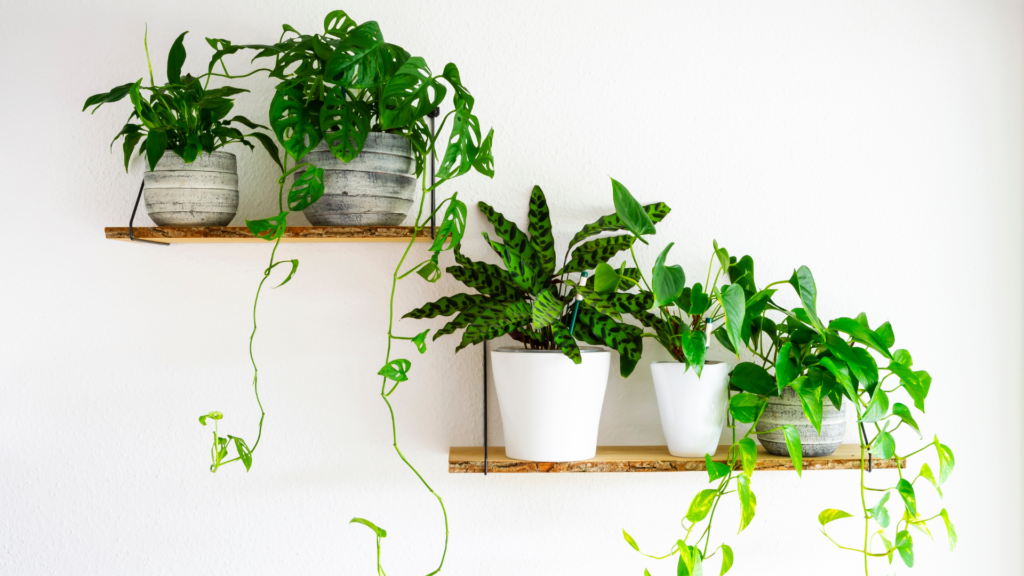How to Successfully Move Houseplants

I. Introduction
Houseplants, those silent companions, bring life and joy to your home. But what happens when you need to move? The mere thought can send chills down a plant parent’s spine. You’re not just moving plants; you’re transporting pieces of a living, breathing ecosystem. So, let’s find out How to Pack Plants For Moving.
Key Challenges:
- Maintaining plant health
- Navigating regulations
- Secure packing and transport
Let’s dive deeper into those sections!

II. Checking Regulations and Growing Conditions
When we talk about moving, it’s not just your furniture that needs to follow the law—your houseplants do, too! Some states have regulations for moving houseplants, including inspections or quarantines. Always check with your state’s Department of Agriculture to avoid unpleasant surprises.
Why Regulations Matter
Ignoring state regulations can lead to:
- Fines and penalties
- Confiscation of plants
- Potential invasive species problems
So, make sure you’re in the clear before you load up that moving truck.
Climate and Hardiness Zone
Moving from Alaska to Arizona? Your tropical plants might thank you, but what about the rest? Each plant thrives in a specific plant hardiness zone, a geographically defined area where a specific category of plant life can grow.
Action Steps:
- Look up your new location’s hardiness zone.
- Cross-reference it with your plants’ needs.
- Consider special care or even replacements for plants that won’t adapt well.

III. Packing Houseplants Properly
Packing houseplants is not like packing books or dishes. These are living beings that need special care. Sure, you’ve read about how to pack fragile items, but plants are a different ball game.
The Right Supplies
| Supply Item | Purpose | Why It’s Important |
|---|---|---|
| Shrink Wrap | Secure loose foliage | Keeps plants intact |
| Moving Blankets | Cushioning | Protects from bumps |
| Flea Collars | Pest Prevention | Keeps bugs at bay |
| Packing Boxes | Containment | For safe transport |
A Week Before the Move
Start the process of pruning houseplants to remove any dead or damaged leaves. This helps the plant focus its energy on new growth. Similarly, watering plants before a move should be moderated. Overwatering can lead to mold during transit.
The Packing Process
How to Pack Each Plant:
- Remove from the pot if possible, and wrap the root ball in plastic.
- Place the plant in a box lined with newspaper.
- Fill gaps with packing peanuts or more newspaper.
- Seal the box and poke air holes for ventilation.
IV. Caring for Cuttings
Sometimes, you can’t take the whole plant. Transporting plant cuttings can be a viable option. You’ll need wet paper towels, rubber bands, and small plastic holders.
Steps for Travel with Cuttings:
- Cut a healthy segment.
- Wrap it in wet paper towels.
- Secure with a rubber band.
- Place in a plastic holder.
V. When You Can’t Take Every Plant
Life’s tough, and sometimes you have to make choices. If you can’t move all your plants, consider alternatives for moving plants. How about donating them to a local school or community center?

VI. Choosing a Method of Transport
Options:
- Personal Vehicle
- Moving Truck
- Mail Service
Pros and Cons Table
| Method | Advantages | Drawbacks |
|---|---|---|
| Personal Vehicle | Full control, quick access | Limited space |
| Moving Truck | More space | Double drive time may apply |
| Mail Service | Convenience | Risk of damage, longer time |
VII. Being Observant During the Trip
So, you’ve packed your plants and hit the road. Now what? Monitoring plants during travel is just as important as the prep work.
Signs of Stress to Watch For:
- Wilting
- Color changes
- Leaf drop
- Pests
On-the-Go Care:
- Adjust Sunlight: Too much can lead to scorching, and too little can cause wilting.
- Provide Water: A light mist can go a long way.
- Temperature Control: Protect your plants from extreme temperatures by placing them in the most climate-controlled part of your vehicle.
If you’ve chosen to move your plants in a moving truck, make sure you understand what do most movers charge per hour, especially if you need to make frequent stops to check on your leafy friends.

VIII. Arriving at Your New Home
Congratulations! You’ve navigated the moving maze and have arrived at your new abode. But before you kick back and relax, there’s some post-move plant care to consider. Your plants have been through a journey, and they need some TLC.
Immediate Steps
- Unpack Carefully: Remove plants from their boxes and check for any signs of stress or damage.
- Inspect for Pests: The last thing you want is to bring unwanted guests into your new home.
- Provide Water and Light: They’ve been in the dark for a while; it’s time for some photosynthesis!
The Reporting Process
If you’ve kept your plants in temporary containers, now is the time for repotting houseplants. Choose new pots that are slightly larger than the root ball and have proper drainage. Make sure to use fresh soil and water generously after repotting.
Setting Up the New Space
Your plants will need to acclimate to their new environment. Keep them in a semi-shaded area for a few days before moving them to their final spots. Keep an eye out for signs of stress and adjust care accordingly.
IX. Conclusion How To Pack Plants For Moving
From packing to unpacking, from the old home to the new, moving houseplants is a journey for you and your leafy friends. If you’ve followed these steps, you’re well on your way to thriving in a new home with houseplants. Your reward? A space that feels alive and a garden of companions that continue to grow with you.
Plant Parenthood: A Continuous Journey
Remember, plant care doesn’t end when the move is over. It’s a continual process of learning, nurturing, and growing. So, share your tips and tricks in the comments below. Together, let’s build a community of happy plant parents!
Final Thoughts
Whether you’re a seasoned plant parent or a newbie, this guide has given you the tools to navigate the unique challenges of How to Pack Plants For Moving. And if you ever find yourself in a spot where you need professional help, don’t hesitate to contact Qshark Moving Company. We’re here to make your move as smooth as possible, from furniture to ferns.
Frequently Asked Questions
- How long can plants stay in boxes?
Aim for as little time as possible, ideally less than 24 hours. - What should you not pack in a moving truck?
Hazardous materials and perishables, but plants are usually delicate if properly secured.
For more answers to your questions, check out our moving questions section!
Moving houseplants doesn’t have to be a thorny issue. With preparation and the right moving company, your green buddies will flourish in their new home quickly. Happy moving! 🌱
Frequently Asked Questions
- How do you pack plants for long distance?
Proper insulation and occasional monitoring are key. - Can you pack plants in a moving truck?
Yes, but ensure they are well-secured and ventilated. - How long can plants survive in a moving truck?
It varies, but frequent checks can help ensure their survival.
For more questions and answers, check out our moving questions section!


 How to Pack a Garage for Moving
How to Pack a Garage for Moving How to Pack a Desktop Computer for Moving
How to Pack a Desktop Computer for Moving How to Pack Wine Glasses for Moving
How to Pack Wine Glasses for Moving How to Pack Vinyl Records for Moving
How to Pack Vinyl Records for Moving How to Pack Wine Bottles for Moving
How to Pack Wine Bottles for Moving